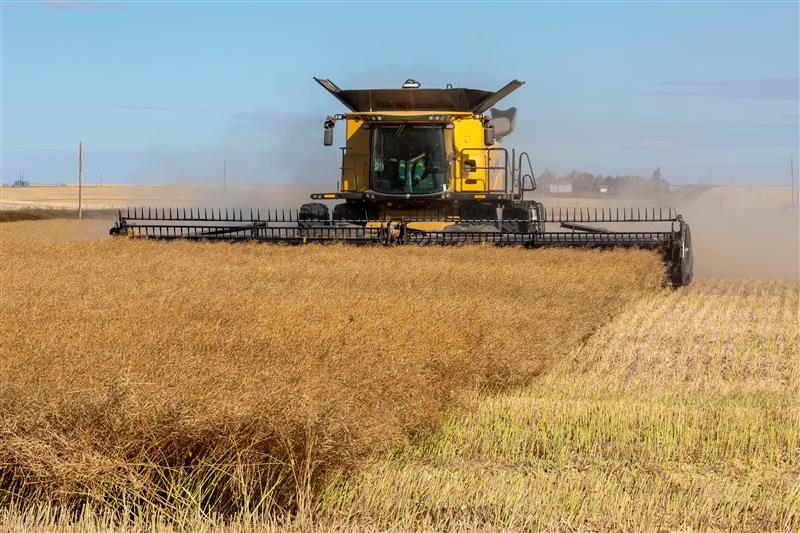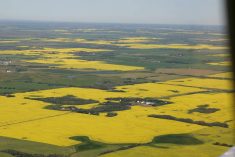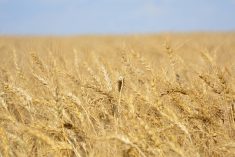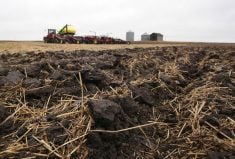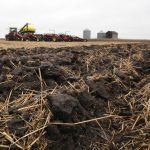It affected all prairie farmers but especially those in Manitoba and eastern Saskatchewan who were most distant from ocean ports.
Some were optimistic about the change.
“For the future, partly as a result of this change, we will have the opportunity, perhaps the best opportunity in 97 years, to truly diversify the prairie economy, to get the higher-value production, greater production of livestock, value-added processing, that simply could not happen as long as the old freight rate structure was there,” agriculture minister Ralph Goodale said of the Crow’s demise.
Read Also
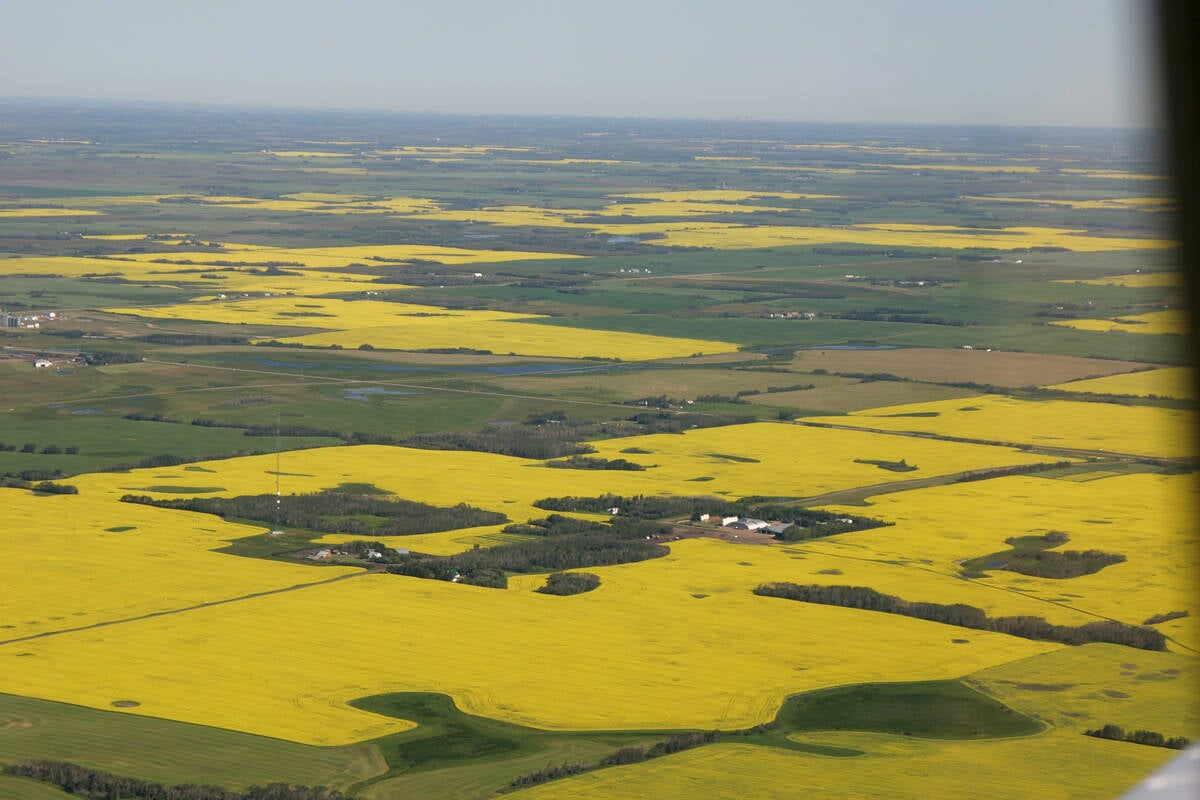
Increasing farmland prices blamed on investors
a major tax and financial services firm says investors are driving up the value of farmland, preventing young farmers from entering the business. Robert Andjelic said that is bullshit.
Others were pessimistic, seeing the leap in rail costs and less than $2 billion compensation payment to landowners as a devastating blow for prairie farmers. In previous discussions about ending the Crow, compensation figures of $8 billion or more had been argued as legitimate.
Managed grain transportation costs had been a prairie fixture, first under the Crow Rate, a statutory control of freight rates, and since 1984 under the Crow Benefit, which allowed the railways to increase freight rates but protected farmers through a subsidy on each bushel shipped.
But by 1995, overwhelming pressure was building against the Crow. In Canada, some argued a subsidy for export grain discouraged the value-added processing needed for rural economic development. Abroad, competitors threatened trade actions. But most importantly the federal debt threatened international confidence in Canada’s economy and Martin needed a deficit-fighting budget that slashed spending.
And so the Crow was killed.
Most producers in Manitoba and eastern Saskatchewan realized the change would profoundly affect their farms. With higher transportation costs, growing grain for export, always a job of narrow margins, became less profitable.
Many hoped to adapt by adding livestock, expanding their land base, investing in crop and livestock value-added processing and growing crops for North American markets rather than distant overseas markets.
The debate over the Crow Benefit and its aftermath produced much political rhetoric and economic analysis, but the true story happened on thousands of farms to thousands of families.
These are a few of their stories.

